Ocean drive: Achille Salvagni decks out the ‘Aurora’ superyacht for Rossinavi

The world of yacht design is used to high-profile creative collaborations. Aside from the established designers who have been helming superyacht projects for decades, many major architectural studios have also turned their hand to nautical trimmings, no doubt lured by the big specifications, meticulous detailing and generous budgets typical of this demanding industry. While acclaimed practices such as Foster + Partners and Amanda Levete Architects are happy to dabble, other firms have made floating interiors and sleek craft their speciality. One such designer is Achille Salvagni, whose Rome-based studio Salvagni Architetti has garnered a clutch of awards for its work on land and off.
Salvagni’s latest creation is a collaboration with the shipbuilder Rossinavi, based in Italy’s Viareggio superyacht hub. Founded as the Rossi shipyard in the 1970s, it became Rossinavi in 2007, turning out a small fleet of hulls every year from 45m and upwards. Rossinavi specialises in aluminium, building highperformance boats with generous internal space and
hull openings to bring in light and views.
‘Aurora’ was commissioned by a sport-loving couple who wanted classic transport design – particularly the textures and materials of vintage motor sport – in an impressively scaled package. The naval architect was Arrabito, with exterior design by Fulvio De Simoni. Inside, however, was Salvagni’s realm. His brief was to distill the clients’ tastes into a coherent whole. 'The owners wanted the design to enhance their dynamic and active lifestyle,’ the designer says, referencing what he describes as the ‘spatial fluidity’ of the living areas in the 49m yacht. Inspiration also came from classical sources, including the spaces shaped by the great baroque architect Francesco Borromini.
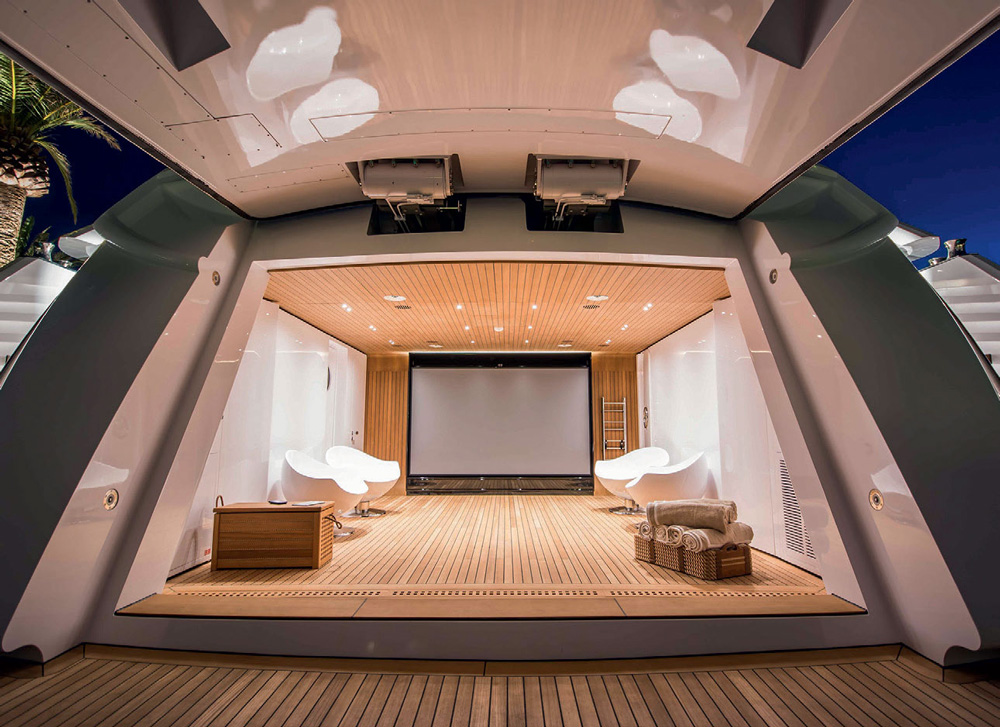
The ‘beach club’, with access to the swimming platform. Photography: Paolo Petrignani
‘There is a sense of movement that pervades,’ Salvagni says, going on to chronicle the levels of detail that typify a yacht project of this scope and scale. ‘We decided to contrast the noblest materials in every element of its interior, such as limed sycamore walls, dark polished tineo details, brushed natural teak floors, hand-knotted silk carpets, Carrara Statuario marble, gunmetal bronze and custom lighting.’ Armies of craftsmen and women descend on Rossinavi’s shipyard, not just to build the hull but also to weave in hundreds of miles of wiring, elaborate materials and finishes, and – most important of all for a yacht – fixtures and fittings that have tolerances more akin to the auto industry than the architectural world.
In many respects, a modern yacht is the equivalent of the grand country seat of centuries past, a blank slate upon which the cultural obsessions of the age can be explored through outstanding craftsmanship. ‘These clients are typically international, with multiple homes, are established collectors and have much more knowledge about design. They are sophisticated, with a taste level to match,’ Salvagni says. To make a modern yacht a coherent showcase of form and content requires exceptional curatorial skills, not just the ability to give it shape and get the most from materials.
The design and construction of ‘Aurora’ was a three year-process, and the boat’s owners are now taking in a Mediterranean summer before heading off to winter in the Caribbean. No country estate ever had such flexibility – nor would it have had a mechanically extending rear ‘beach club’, designed to sit flush with the water for easy bathing access. Despite the barrage of tech on display – including a recessed gym, a sauna, a cinema and a wine cellar – Salvagni is keen to stress the importance of having a wood-lined interior, both as a nod to traditional yacht design and to display the craftsmanship that might otherwise be hidden under modern materials. Those fluid lines posed a challenge for the woodwork and the marble, but time and energy were lavished on this project until it was just right.
Understandably, the shipyard itself relished such attention to detail. ‘Achille has a high profile not only for his vision but also because of his way of designing everything,’ says Federico Rossi, Rossinavi’s COO. ‘The design is still functional and everything is in harmony with our full custom-building philosophy.’ Salvagni’s hard work has taken to the waves in a remarkable demonstration of coherence and style.
As originally featured in the October 2017 issue of Wallpaper* (W*223)
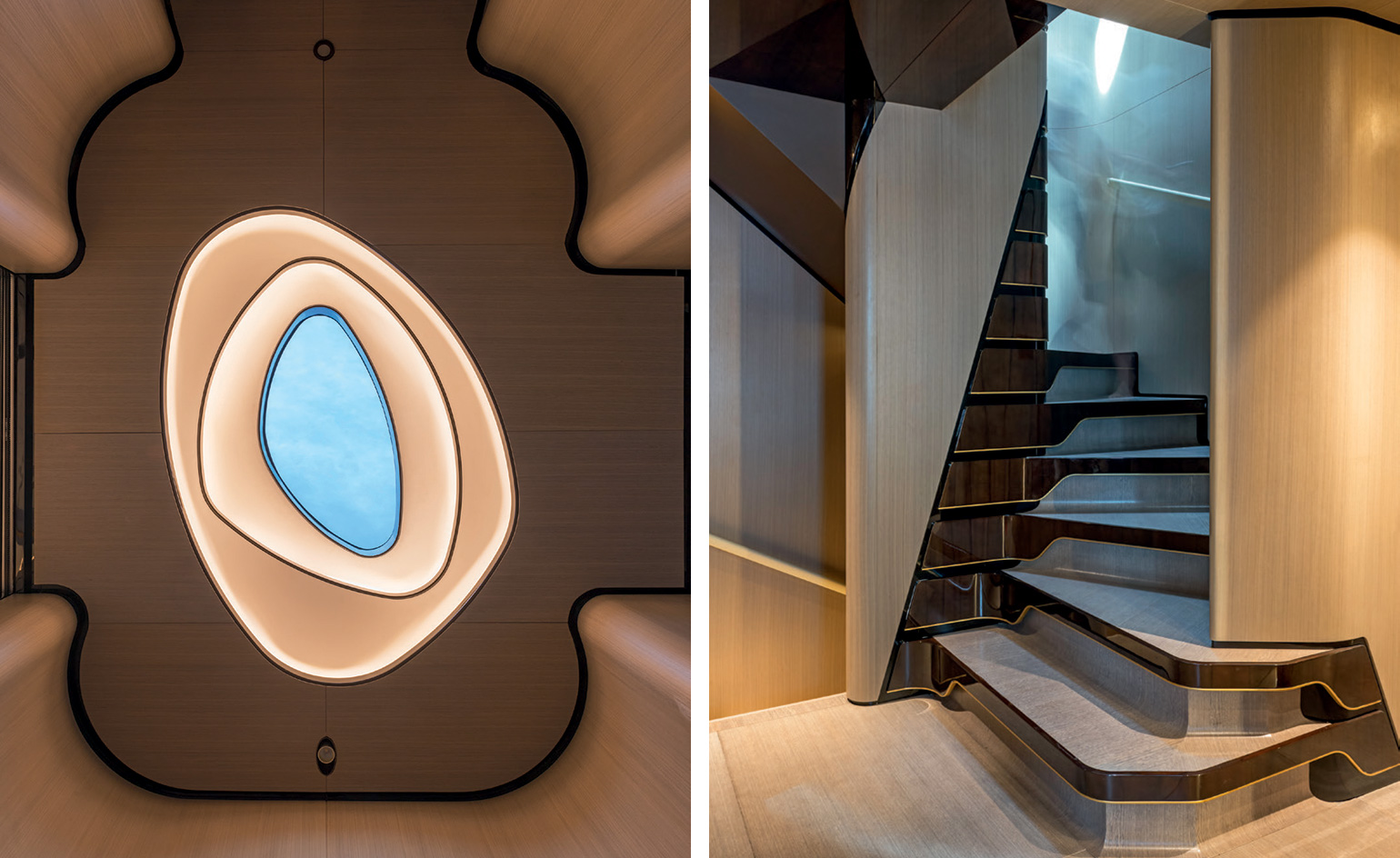
The interiors feature limed sycamore walls with tineo details and gunmetal bronze accents.
INFORMATION
For more information, visit the Salvagni Architetti website, and the Rossinavi website
Receive our daily digest of inspiration, escapism and design stories from around the world direct to your inbox.
Jonathan Bell has written for Wallpaper* magazine since 1999, covering everything from architecture and transport design to books, tech and graphic design. He is now the magazine’s Transport and Technology Editor. Jonathan has written and edited 15 books, including Concept Car Design, 21st Century House, and The New Modern House. He is also the host of Wallpaper’s first podcast.
-
 Year in Review: we’re always after innovations that interest us – here are ten of 2025’s best
Year in Review: we’re always after innovations that interest us – here are ten of 2025’s bestWe present ten pieces of tech that broke the mould in some way, from fresh takes on guitar design, new uses for old equipment and the world’s most retro smartwatch
-
 Art and culture editor Hannah Silver's top ten interviews of 2025
Art and culture editor Hannah Silver's top ten interviews of 2025Glitching, coding and painting: 2025 has been a bumper year for art and culture. Here, Art and culture editor Hannah Silver selects her favourite moments
-
 In Norway, remoteness becomes the new luxury
In Norway, remoteness becomes the new luxuryAcross islands and fjords, a new wave of design-led hideaways is elevating remoteness into a refined, elemental form of luxury
-
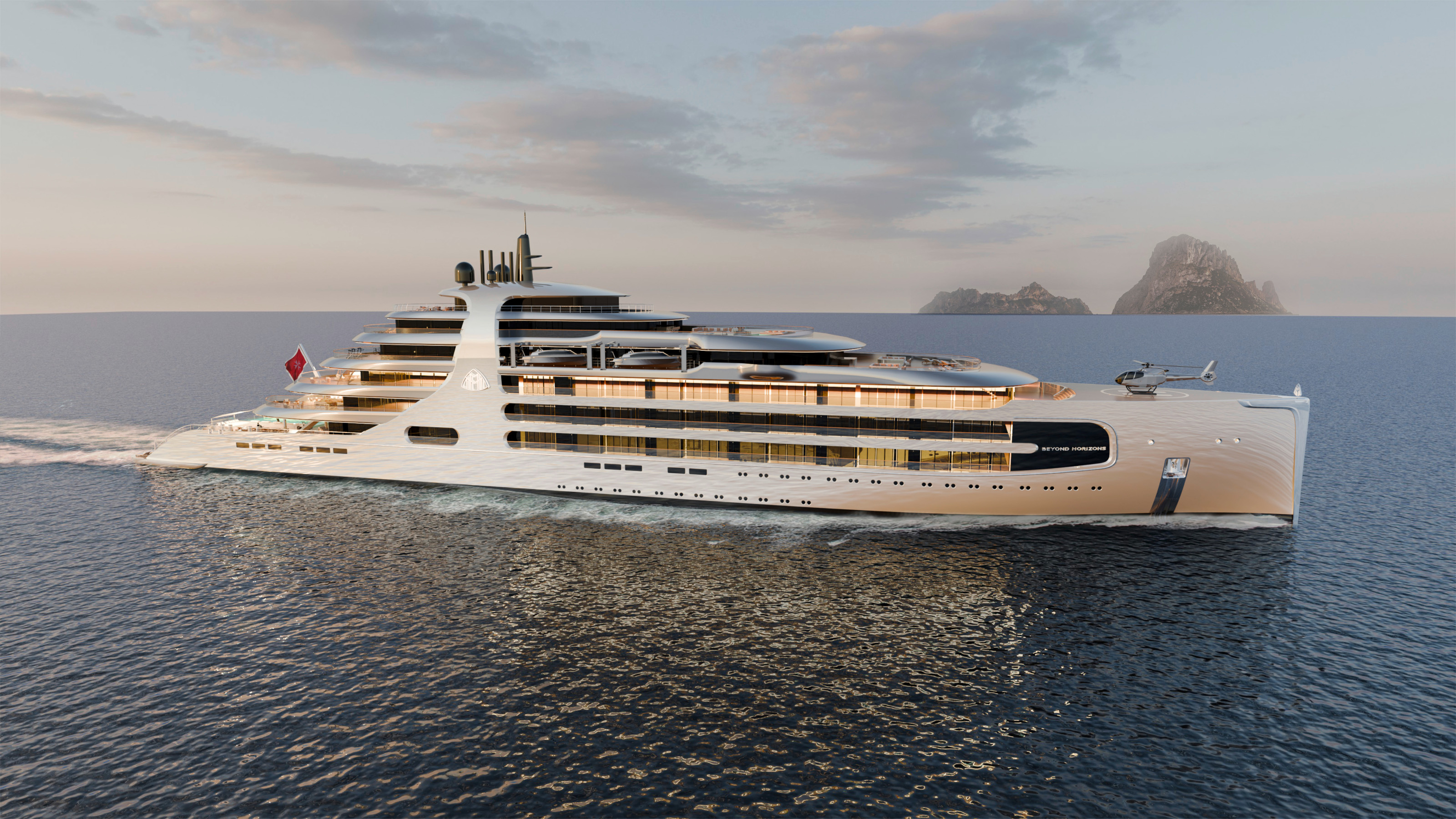 The Maybach Ocean Club is a floating members’ club for the super-rich
The Maybach Ocean Club is a floating members’ club for the super-richMercedes-Benz Design has announced the upcoming Maybach Ocean Club, a ship-based enclave inspired by automotive luxury
-
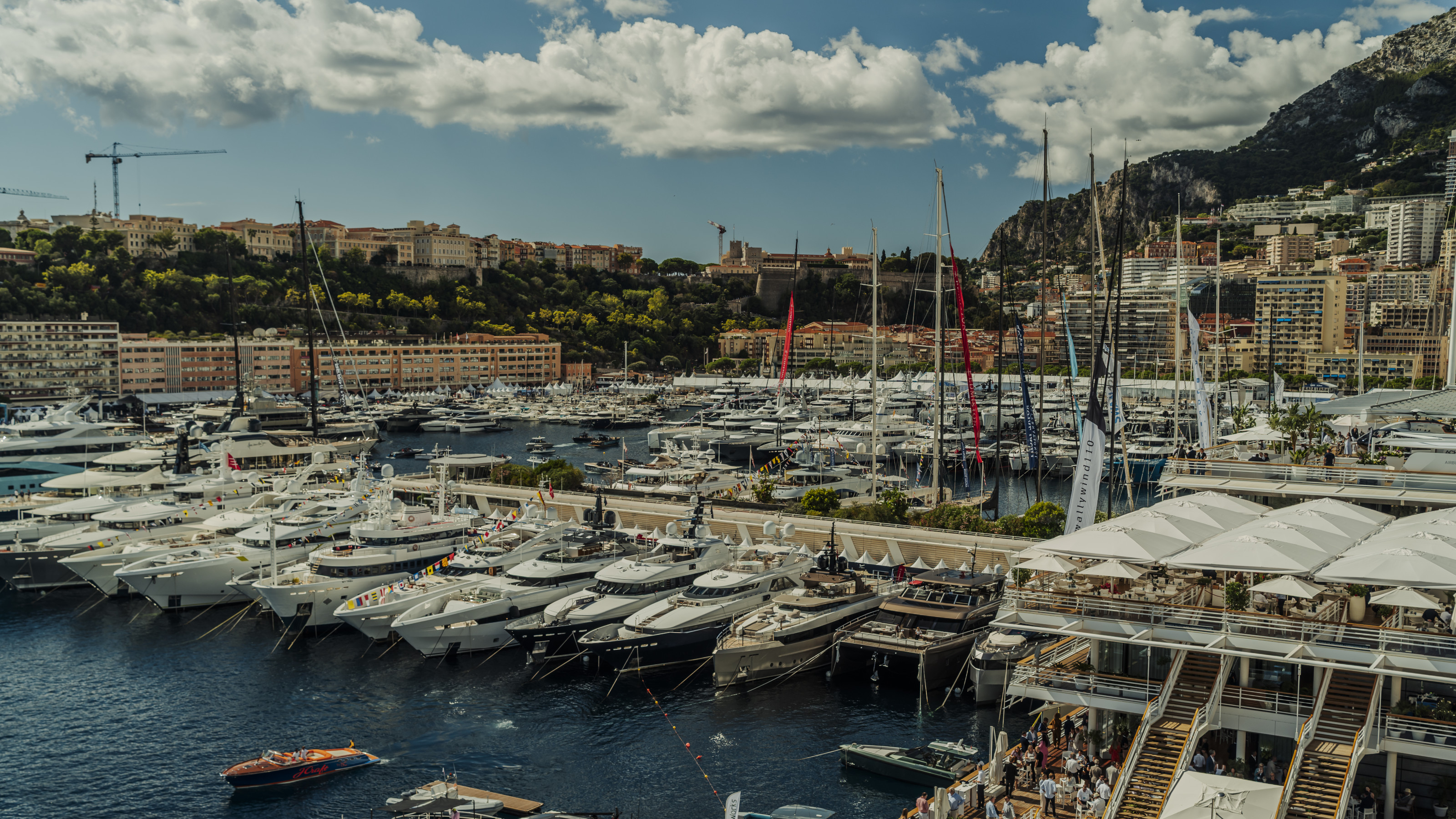 In Monaco, the world’s most famous yacht show up close
In Monaco, the world’s most famous yacht show up closeThe Monaco Yacht Show is one of the most famous annual celebrations of wealth and ostentation. What’s new in the world of floating ultra-luxury?
-
 Salone Nautico is Genoa’s answer to Monaco, a scaled down yacht show with a local focus
Salone Nautico is Genoa’s answer to Monaco, a scaled down yacht show with a local focusAhead of the nautical extravaganza that is the Monaco Yacht Show, a smaller, more focused event takes place in Genoa. It’s not all superyachts and conceptual experiments – we visited Salone Nautico to survey the scene
-
 Outlier I concept yacht by Foster + Partners is unlike anything else at sea
Outlier I concept yacht by Foster + Partners is unlike anything else at seaLateral Naval Architecture’s radical internal restructuring gives Foster + Partners’ concept the scale and grandeur of a gigayacht, with an interior volume like no other
-
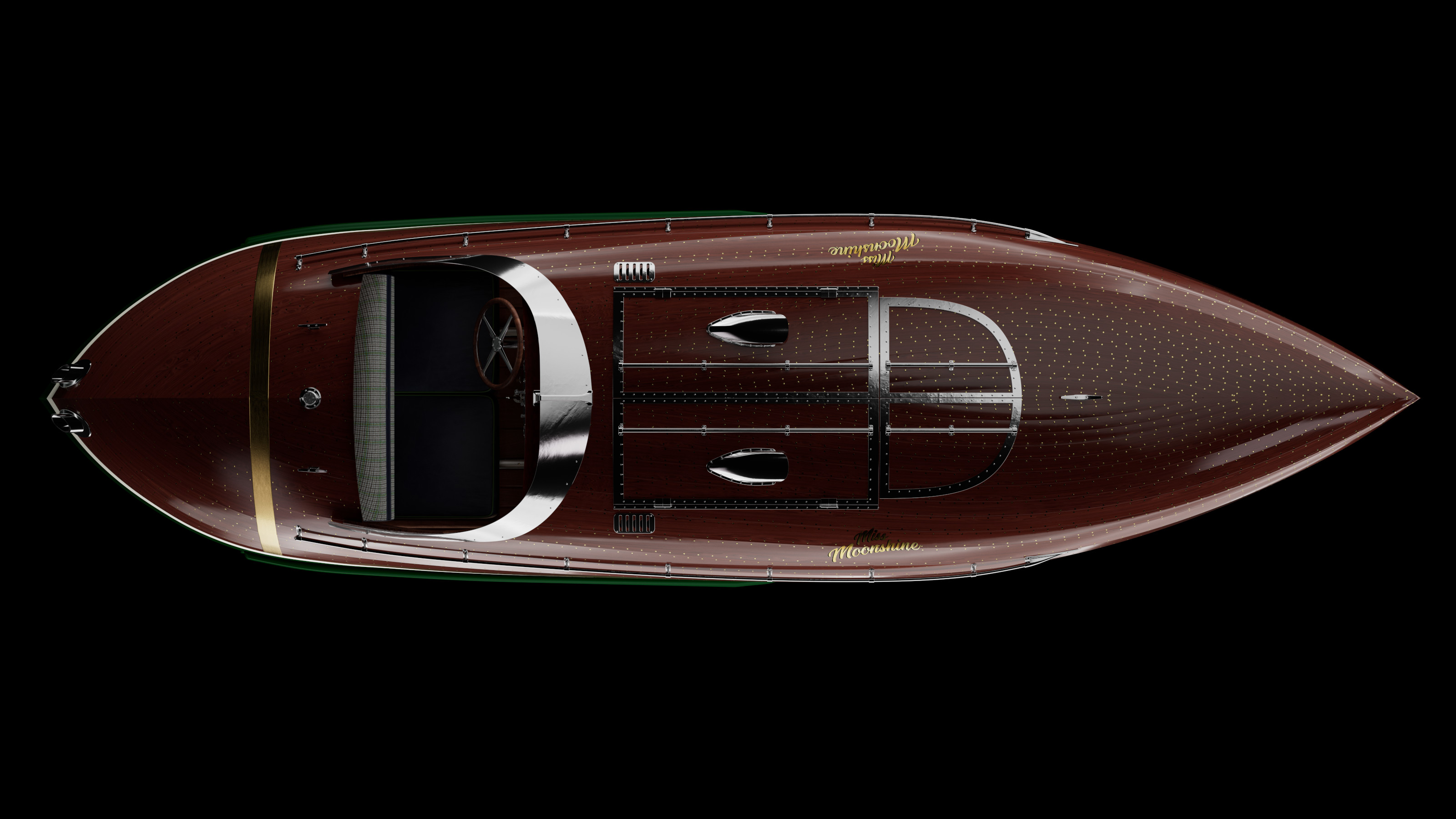 Boatbuilding meets Savile Row in this new collaboration between Huntsman x Fitzke
Boatbuilding meets Savile Row in this new collaboration between Huntsman x FitzkeMiss Moonshine is a speedboat that blends tweed, mahogany, and raw power with a heritage steeped in racing and smuggling
-
 Sanlorenzo presents three unique models at the British Motor Yacht Show
Sanlorenzo presents three unique models at the British Motor Yacht ShowThe Italian builder brings its largest-ever line up to the show, including an asymmetric yacht and a sporty entry-level vessel
-
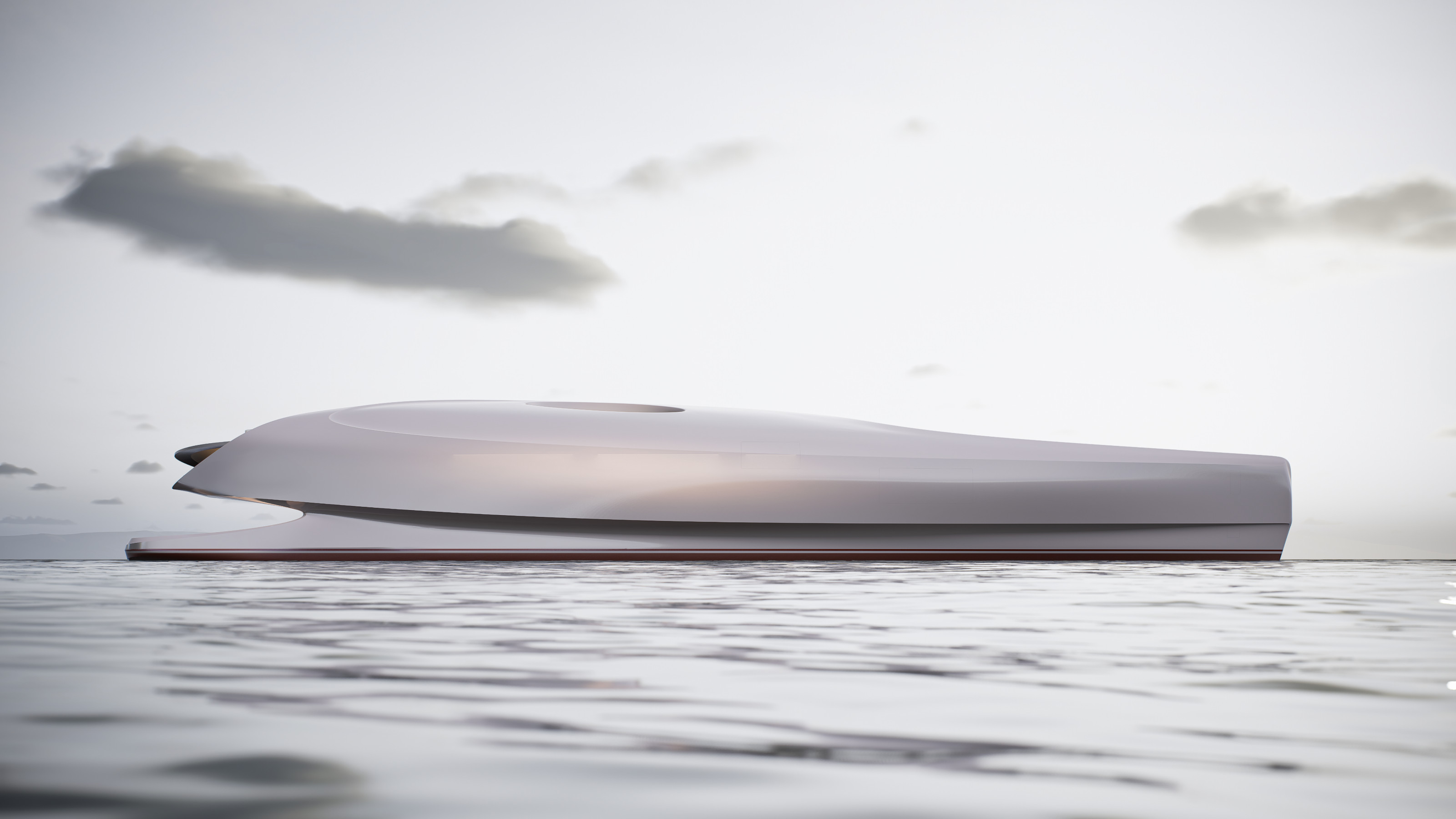 A new concept superyacht unfurls, courtesy of Vripack and Oceanco
A new concept superyacht unfurls, courtesy of Vripack and OceancoExplore Project Lily, a concept superyacht for a new generation of moneyed enthusiasts looking to push the envelope of nautical design
-
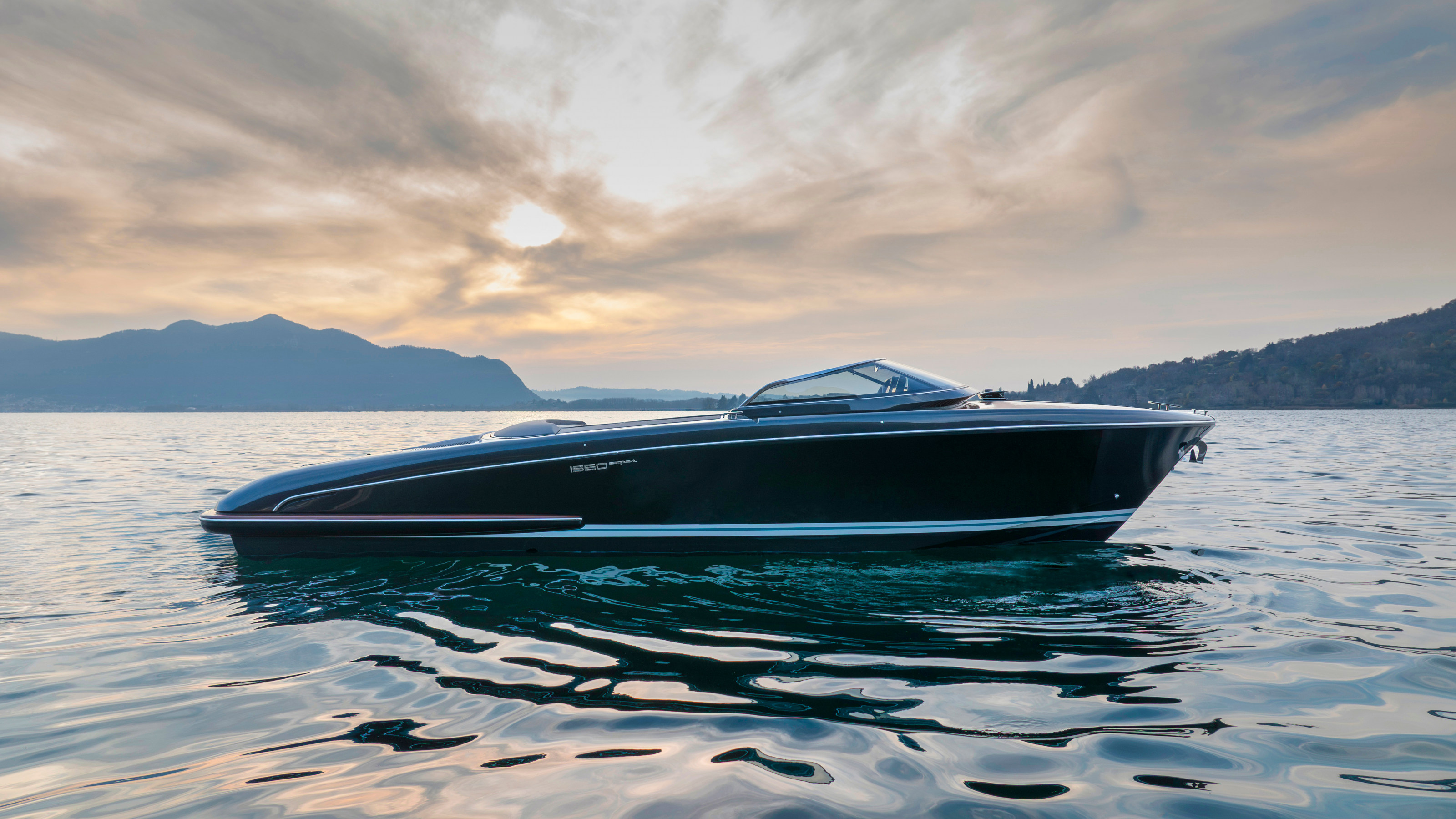 The new Riva Iseo Super continues the Italian manufacturer’s mastery of motorboat design
The new Riva Iseo Super continues the Italian manufacturer’s mastery of motorboat designA sleek 27-foot runabout, the Riva Iseo Super showcases the factors that make Riva synonymous with waterborne elegance and style